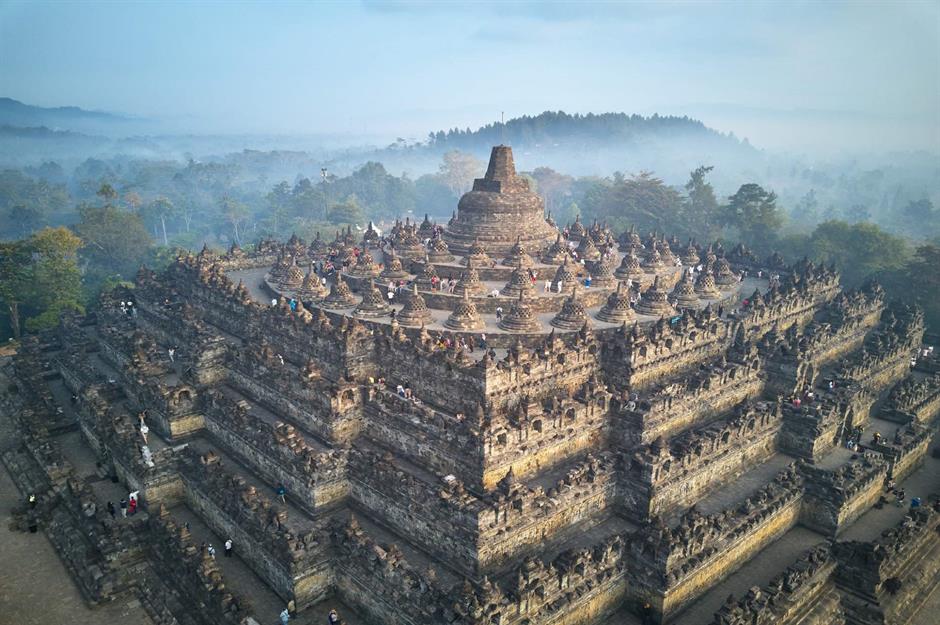A team of researchers found that Gunung Padang was built primarily by human hands and found evidence that the structure was built in multiple phases, thousands of years apart
By Tommaso Magrini
A hidden pyramid on a hill on the island of West Java, Indonesia, may be the oldest in the world. This was revealed by an interdisciplinary team of archaeologists, geophysicists, and geologists in an article published in the interdisciplinary archaeological journal Archaeological Prospection. Gunung Padang, also known as the "mountain of enlightenment," is located atop an extinct volcano and is considered a sacred site by the local population. In 1998, Gunung Padang was declared a national cultural heritage. Over the years, there have been divergent opinions among scholars about the nature of the hill. Some argued that it was a man-made pyramid, while others claimed it was a natural geological formation. The research team discovered that Gunung Padang was primarily built by human hands and found evidence that the structure was constructed in multiple phases, thousands of years apart. According to the team, the oldest construction of the pyramid "likely started as a natural hill of volcanic ash before being carved and then architecturally wrapped" between 25,000 BC and 14,000 BC. This means that Gunung Padang is at least 16,000 years old. According to the study, the pyramid was completed between 2000 BC and 1100 BC. The team, which documented the site study, drilled into the mound's center, excavated trenches, and collected soil samples, among other things. This helped researchers dig into the early layers of Gunung Padang, more than 30 meters below its surface. "This study strongly suggests that Gunung Padang is not a natural hill but a pyramidal construction," the researchers state in the document. The team also found evidence of "a large cavity," possibly a hidden chamber, within the pyramid.






